ORDOS 100
-
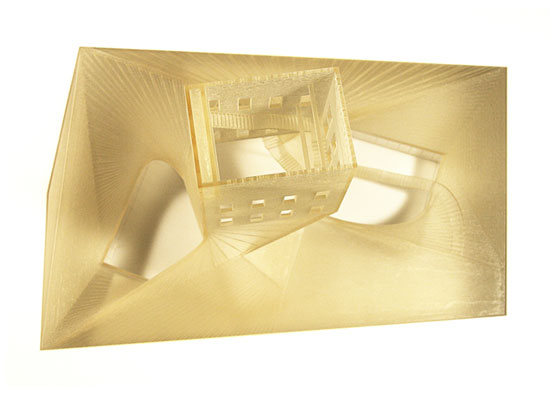
-
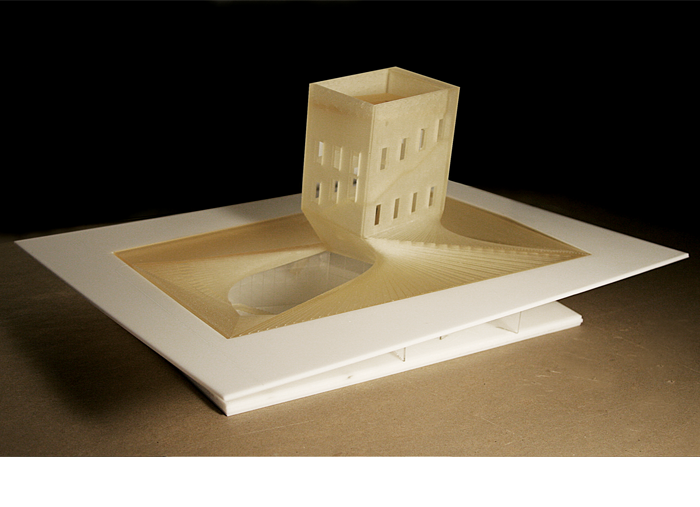
-
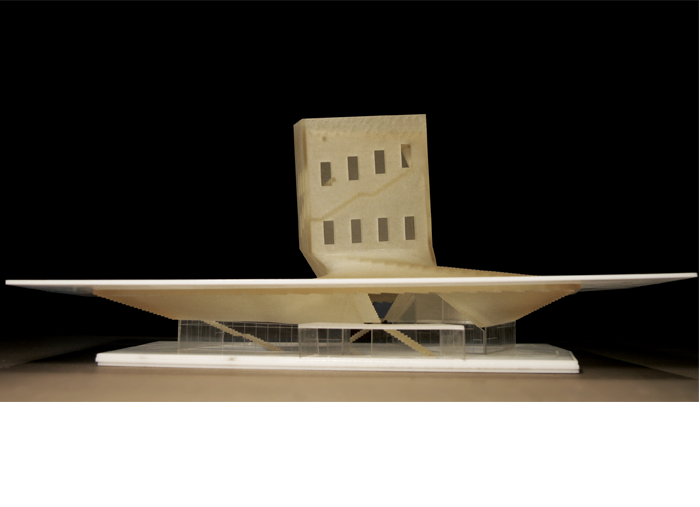
-
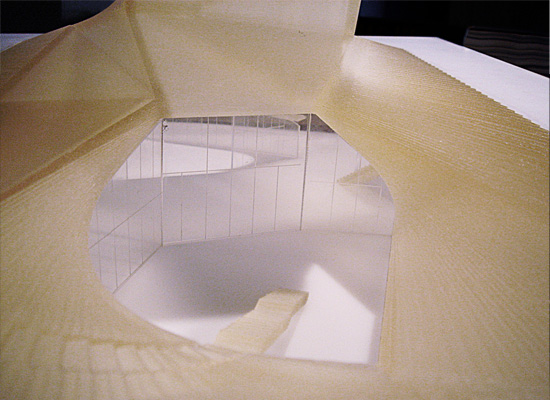
-

-
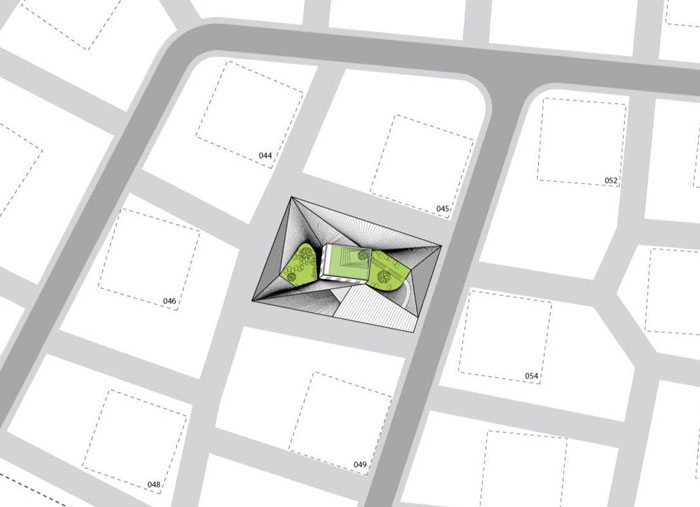
-
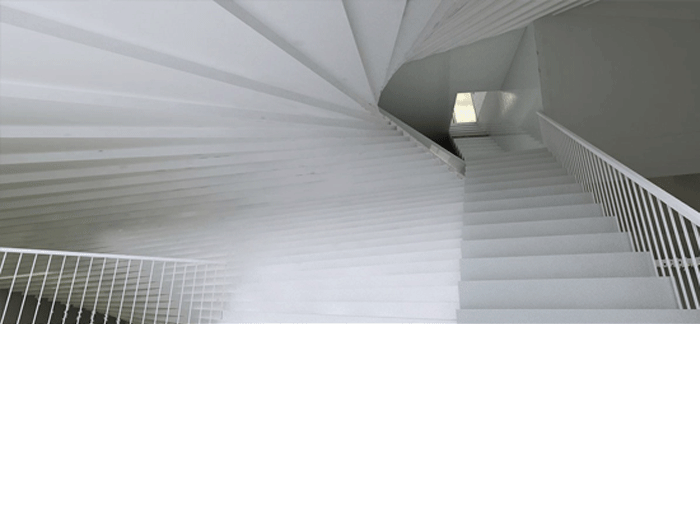
-
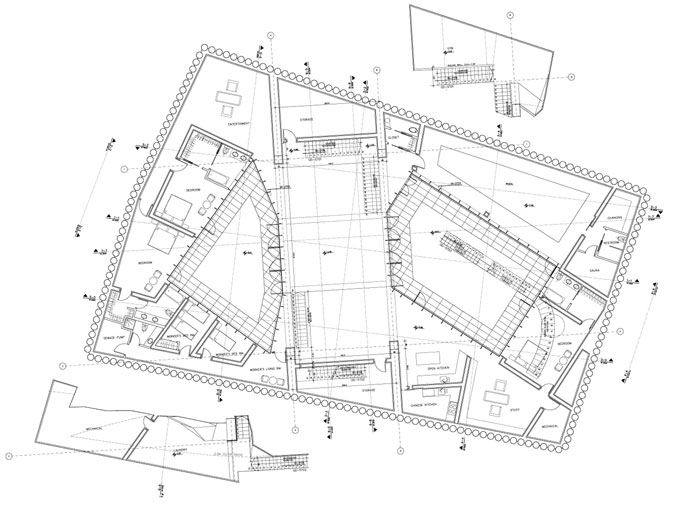
-
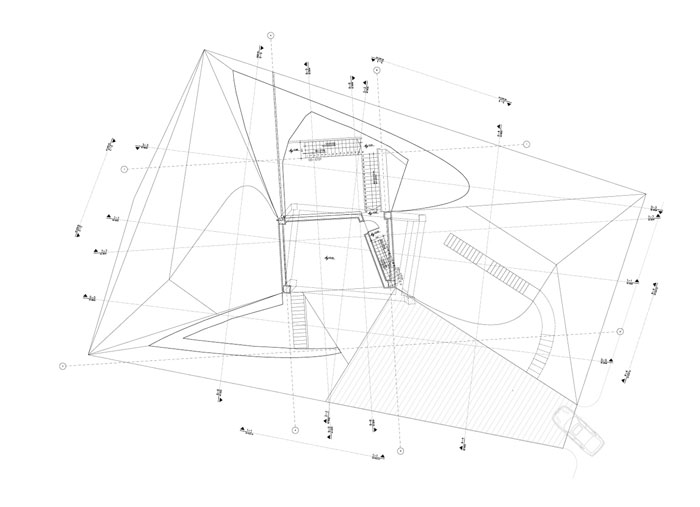
-
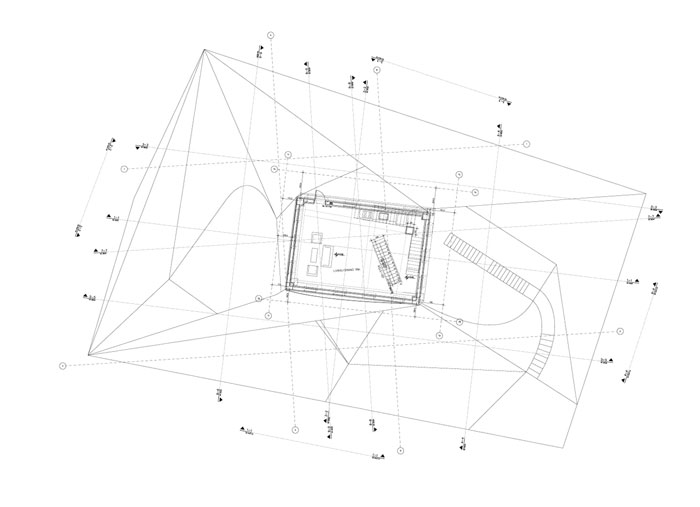
-
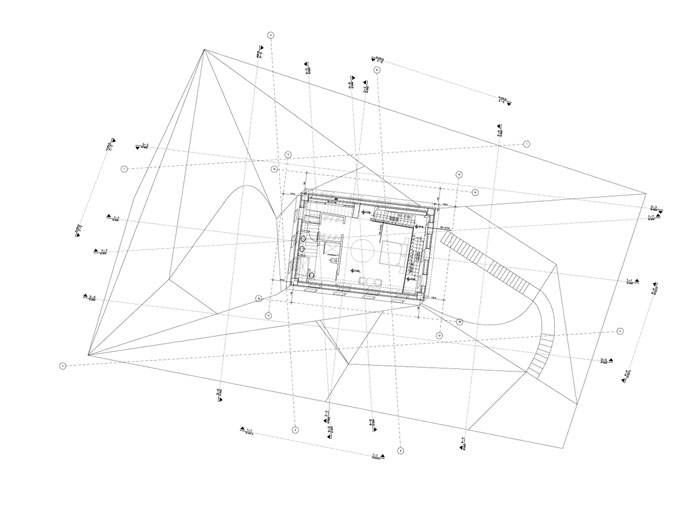
-

-
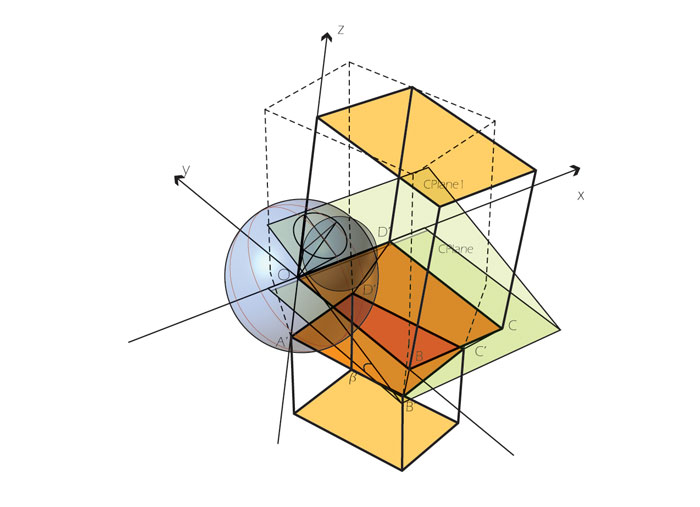
-
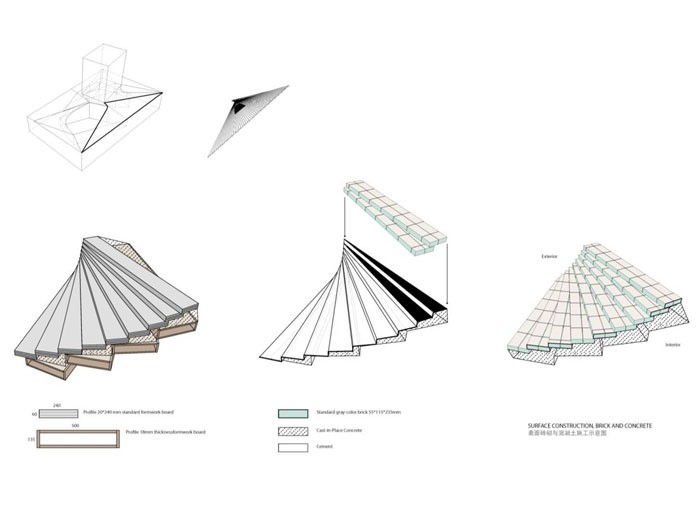
-
Client: Jiang Yuan Water Engineering Ltd.
Consulting Structural Engineer: Eric Hines
Schedule: Design, 2008; Construction,2009
Program: 9500 sq. ft. Open living, dining and kitchen, courtyards, swimming pool, entertainment center, three bedrooms, small living, dining and one master bedroom
Project Team: Preston Scott Cohen (Design); Amit Nemlich, Li Xu, Hao RUAN, David Shanks (Project Assistants); Yair Keshet (Model) -
For architecture, the large contemporary house poses a problem of proportionality and character. Big houses tend to become little buildings that possess an institutional character. Too often, they are comparable to small museums with interiors more suitable for exhibition than for dwelling. This house at once concedes to and intensifies this tendency while proposing an alternative; it appears to be an unusually miniature, monumental building while providing interior spaces that are unexpectedly domestic in character. The surrounding neighborhood of houses does not allow a contextual sense of belonging. Thus, the miniature building acts like a buoy - anchored and adrift - without the usual moorings of a house. In lieu of a significant architectural context, surrounded by an arid landscape and subject to severe weather conditions, the Ordos house needs to establish its own setting in order to provide an oasis within it. Initially, the house appears to be a small, romantic and ruinous urban building with an overgrown roof garden. In fact, this is the least of it. Below this is a large, rambling entertainment and guest villa, organized around two courtyards. Between the two is a tumultuous landscape-like form that unmoors the small building and ostensibly causes it to lean. Inside the tower, the inhabitant will feel the tilt. The building envelope will seem to be independent of the interior, with the stairs binding all levels from top to bottom in a coil-like fashion, leading from the lowest public living room to the garage (the garage is located between the upper and lower houses), and winding its way around the leaning tower all the way up to the private roof terrace on top. In the villa below, the primary interior living spaces alternate with the exterior courtyards, thus overcoming the underground condition. A railing/fence surrounds the whole house, protecting it from uninvited scrutiny. Where people are able to look down, from the driveway and entry, they will see the pool, not the living room or private bedrooms. Being skewed, the courtyards create a sense of expansiveness and drift as opposed to confinement or containment. The tumultuous roofscape merges the ground surface above with the overhanging edges of the courtyards below. Construction and Structure:The house is a rough, poured-in-place concrete frame and infill structure clad in gray brick and tile. The tower cantilevers from a reinforced concrete base frame that is supported by two large reinforced concrete structural arches.